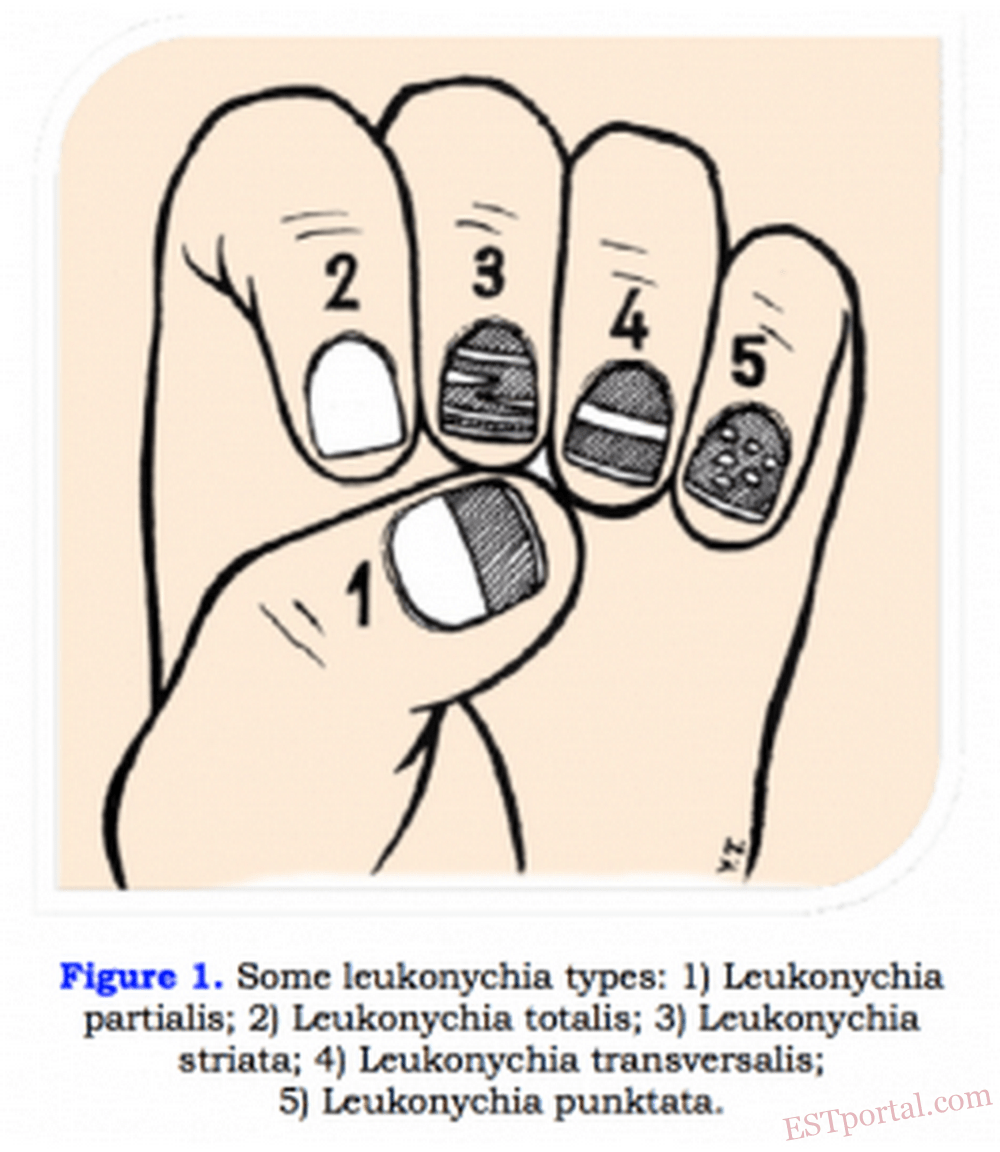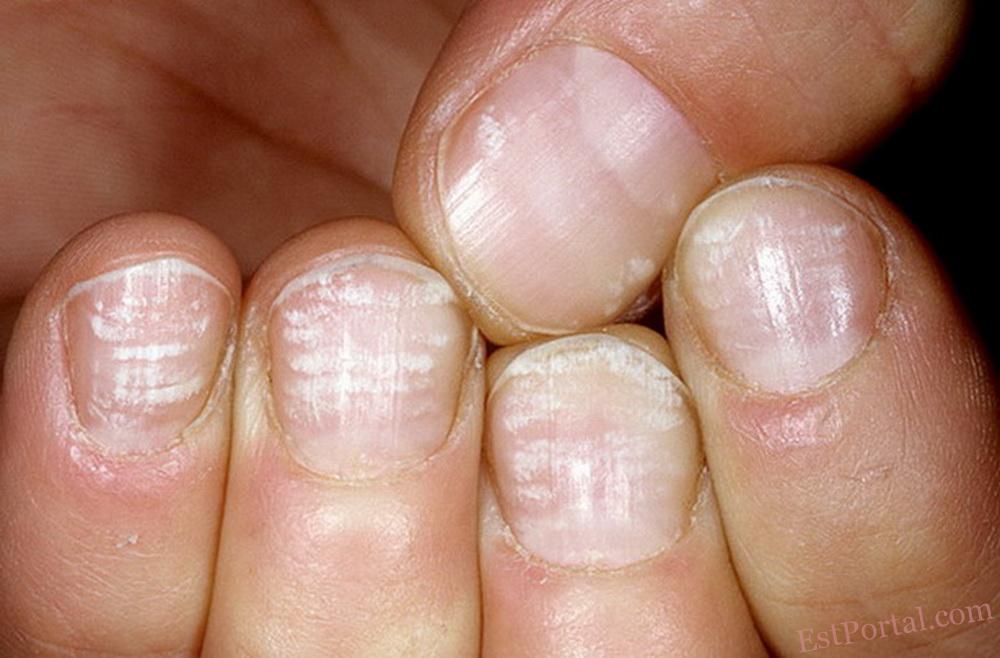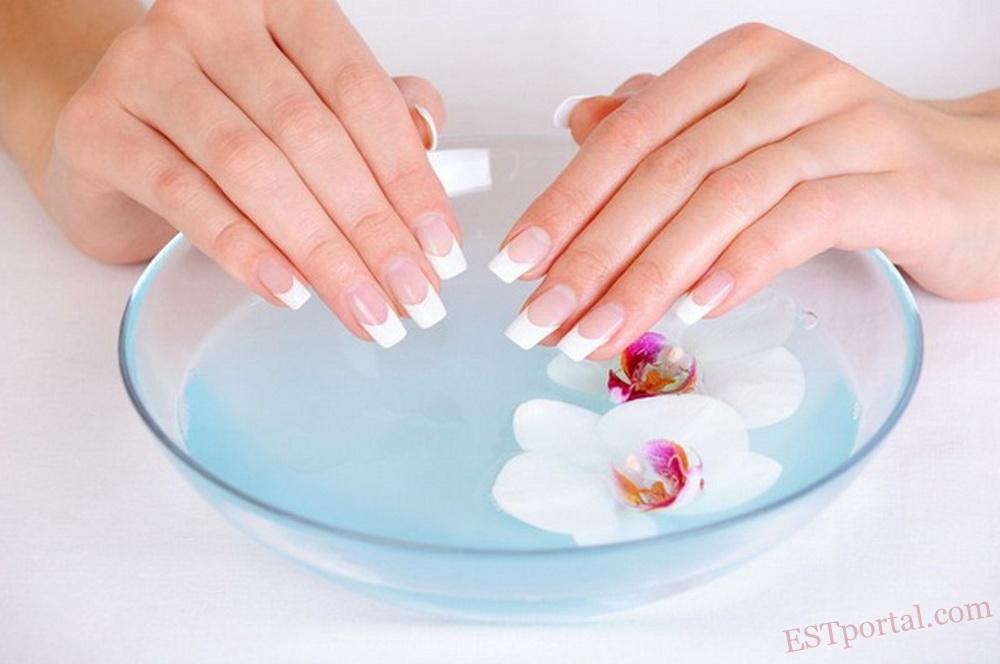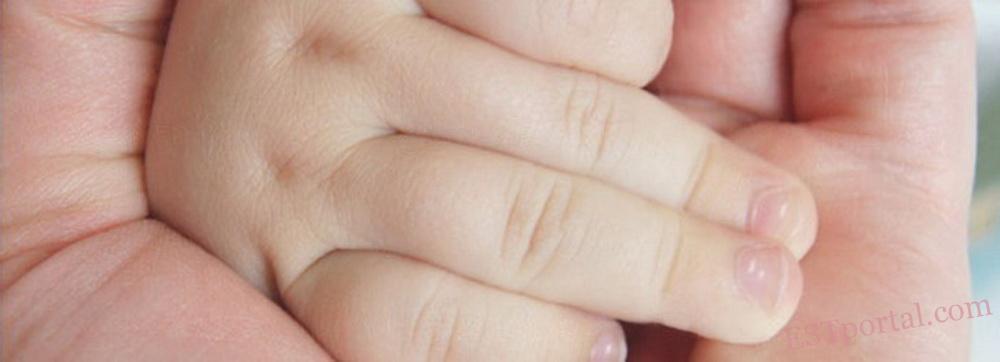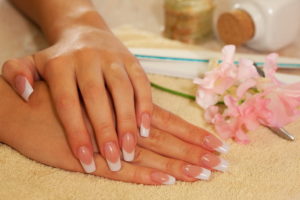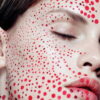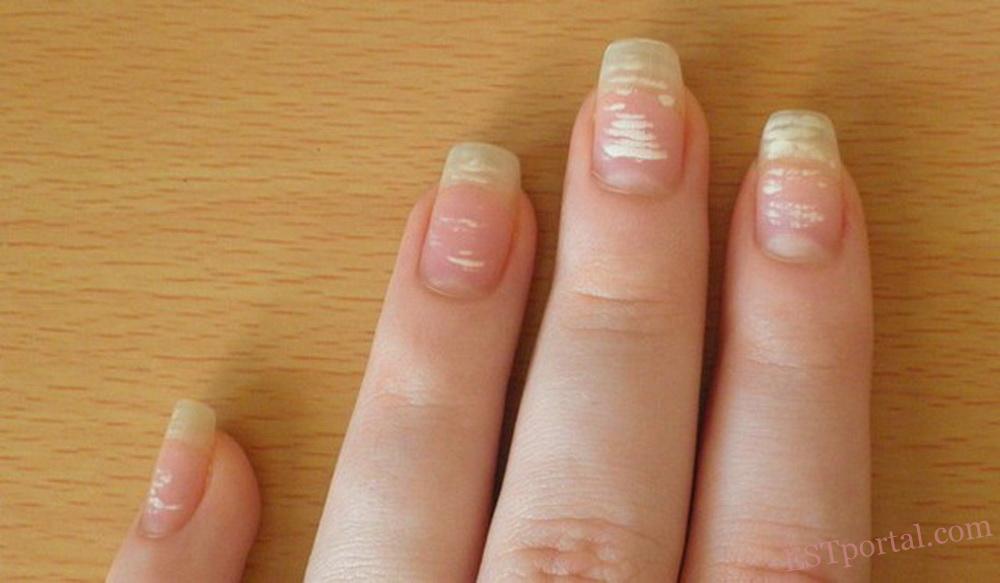
White Spots on Nails
The aesthetic appearance of the nail plate is an important aspect of overall hand care. The appearance of characteristic white spots of various sizes and shapes on the nails concerns many people. It is important to pay attention to such changes, as they may not only be a cosmetic flaw but also a potential sign of health issues.
Causes of white spots on nails
The appearance of white spots on the nail plate is known as leukonychia. Leukonychia (leuconychia, from Greek leukós — white and onyx, onychos — nail) is a pathological condition of the nail plate characterized by impaired keratinization, as the cells of the matrix do not complete their full maturation cycle. The main symptom of leukonychia is the presence of white spots or lines — microscopic air bubbles trapped between the layers of the nail.
As is known, the matrix cells that form the nail plate are constantly dividing, and some of them undergo keratinization. This is a well-coordinated, continuous process, and any disruption in it can trigger the formation of white spots.
Disruptions in this process directly reflect the state of one's health. The causes of white spots may be completely harmless, but they can also be a sign of serious medical conditions. That’s why it’s important to know the main possible causes — so you can seek medical attention in time, if needed.
Types of leukonychia:
1 – limited leukonychia (leukonychia partialis) — affects only a small area of the nail;
2 – total leukonychia (leukonychia totalis) — affects the entire nail plate;
3, 4 – striate leukonychia (leukonychia striata, leukonychia transversalis) — white spots form horizontal or vertical elongated lines;
5 – punctate leukonychia (leukonychia punctata) — the spots appear as small dots or specks within the nail plate.
The shape and size of a white spot can help identify the possible cause of leukonychia.
- Paired white lines may indicate nutritional issues. Such symptoms occur with poor diet, vitamin deficiencies, restrictive diets, and anorexia.
- Pinpoint white specks on the nail plate usually suggest a lack of vitamins (A, E, C) and trace elements (zinc, calcium, iron).
- White spots in the lower third of the nail, near the nail bed, most often point to kidney diseases. This is a common sign of renal insufficiency. In such cases, it is recommended to consult a urologist or nephrologist.
- A large white spot in the middle of the nail is one of the signs of past stress. Emotional exhaustion, anxiety, and prolonged mental strain do not go unnoticed — they affect the overall condition of the body, including the nail plate.
- A white spot or multiple spots covering most of the nail is a significant symptom that should prompt you to consult a doctor. It indicates that something is seriously wrong with your body. Such spots can be associated with liver and gastrointestinal diseases, cardiovascular conditions, and in some cases, tumors. Additionally, leukonychia can be a sign of general body exhaustion and metabolic disorders.
White spots of various shapes and sizes can appear due to the following reasons:
- Mechanical trauma to the nail. Bumps and injuries, especially near the nail root, can temporarily disrupt nail growth. These spots are usually isolated and grow out naturally with the nail.
- Manicurist’s mistake. This should be seen as a distinct type of mechanical damage. If the technician disregards the anatomy of the nail, the procedure may interfere with the nail growth process, leading to white spots. This can occur due to aggressive cuticle pushing or overly intense hardware manicure that puts stress on the nail matrix.
- Chemical exposure. Cleaning agents and most household chemicals negatively affect nail growth. The condition of the skin on the hands directly influences the health of the nail plate. Even if the chemical doesn't touch the nail directly but affects the surrounding skin, it can still alter the nail’s appearance.
- Fungal infections. In addition to white spots, fungal nail infections (onychomycosis) often cause thickening and yellowing of the nail. Fungal issues are usually visible and must be treated promptly.
- Use of certain medications. As a specific bodily reaction, white spots may appear on the nails during treatment. If this occurs, it is recommended to inform your healthcare provider.
What to Do When White Spots Appear on the Nail Plate
In most cases, white spots are isolated and do not require specific treatment. As the nail grows, the spot moves toward the edge and is clipped off. However, it serves as a sign that something disrupted the normal maturation process of the nail. To improve nail health and prevent recurrence of such spots, it is important to enhance your nail care routine.
Nail soaks can be very beneficial for the nail plate. Even plain warm water can improve blood circulation, which is extremely helpful for the nail matrix and, therefore, for nourishing the nail.
To enhance the effect of the soak, you can add:
- about 3 drops of iodine;
- a teaspoon of sea salt;
- 5 drops of vitamin A or E (or 60-70 ml of vegetable oil).
Twenty-minute soaks several times a week will bring excellent results. Herbal soaks made from oak bark and chamomile decoction also have beneficial effects. Recommended duration of the procedure is 5 minutes.
The regular appearance of white spots or their large size is an important sign that it's time to consult a doctor. Don’t automatically blame springtime vitamin deficiencies or stress until a specialist confirms the cause. Taking action to eliminate white spots makes little sense if you don’t know their exact origin.
If the cause of this unpleasant condition on your nails is a vitamin deficiency, the solution is to take the necessary vitamins and trace elements prescribed by your doctor. Topical support can come from special creams, fish oil, and castor oil.
A crucial part of overcoming leukonychia is establishing a balanced diet rich in vitamins and minerals. A nutritionist can assist with this — or at the very least, relevant literature on the subject.
If the cause of white spots is a fungal infection, your efforts should focus on treating this specific issue. Visit a dermatologist and address the problem promptly — before the nail plate becomes completely affected.
To prevent mechanical and chemical damage, always wear rubber gloves when handling household chemicals. Don’t hesitate to speak with your manicurist if you notice white spots appearing on your nails after manicure sessions. The technician may lack proper expertise, and you may need to consider switching to another specialist.
White spots on toenails are often the result of wearing shoes that are too tight. Be kind to your feet and help them recover with warm foot soaks.
An especially concerning sign is the appearance of white spots on a child’s nails. The causes may be similar to those in adults, but in this case, a doctor’s consultation is absolutely necessary.
White spots on the nails are an unpleasant and very common symptom. Visiting a doctor to determine the correct diagnosis will help develop an effective treatment plan. Remember: beauty is impossible without health.
Author: Anna BUNYAK
Editor: Nataliya CHAYKA – Editor-in-Chief of ESTportal
First published: 2017
Updated in 2025 to reflect current guidelines and recent scientific research


